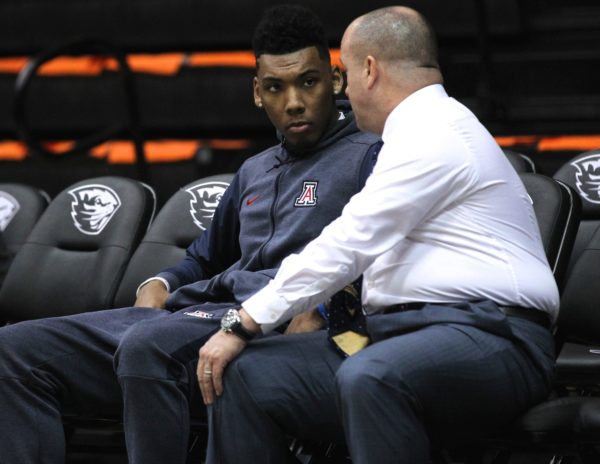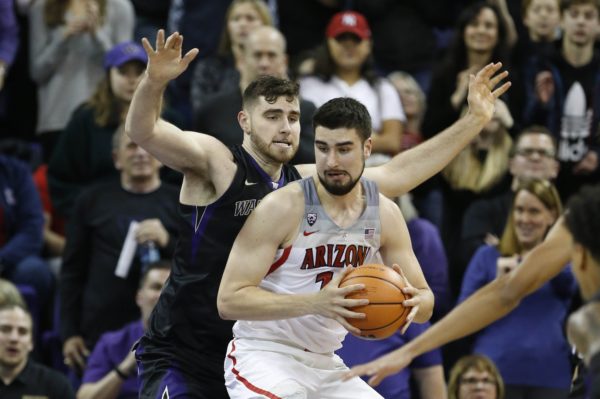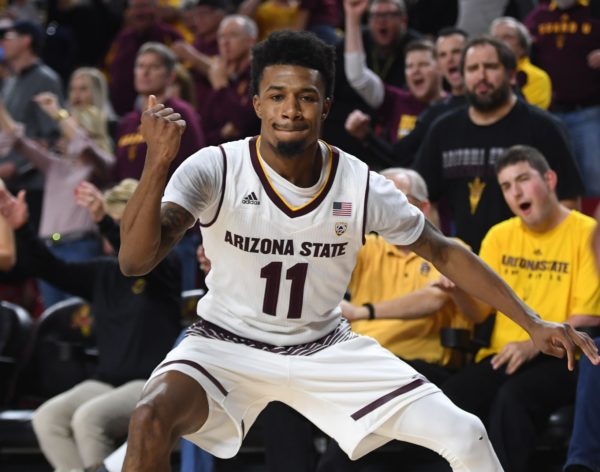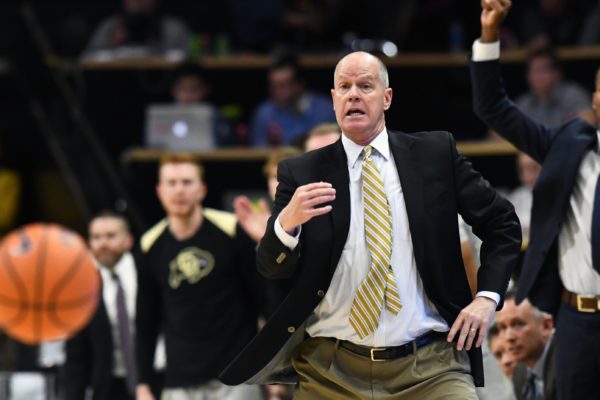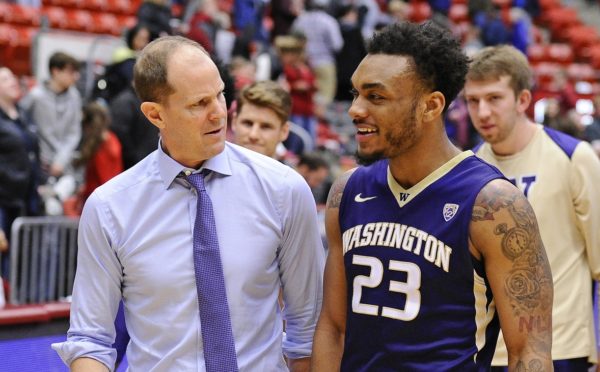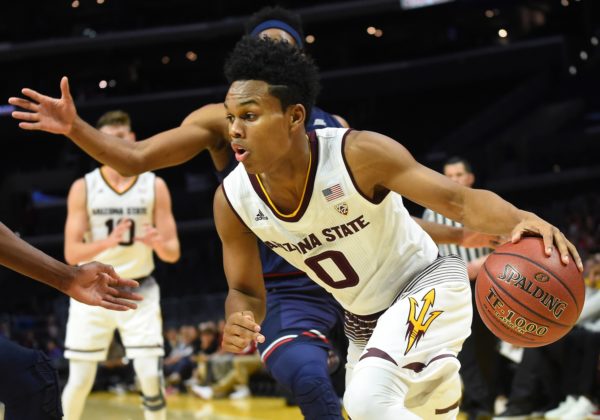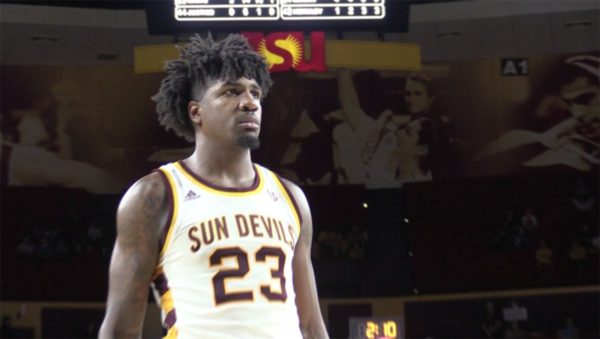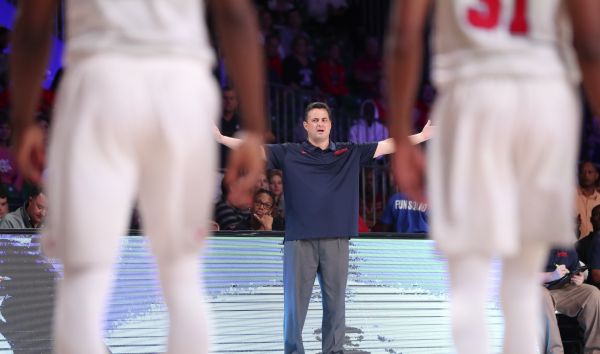On Arizona’s Uncertain (Immediate?) Future…
Posted by Adam Butler on February 23rd, 2018Allonzo Trier’s suspension yesterday came with great emotion, at least from the perspective of an Arizona fan. Immediately, it’s upsetting. Trier is in his third season in Tucson but it’s been closer to one-and-a-half. It was a broken hand during his freshman year that led to missing seven critical mid-conference games. The Wildcats went 5-2 in his absence during that stretch. They’d finish 6-4 upon his return. His sophomore campaign started in January because of a 19-game suspension. The Wildcats went 17-2 without him and 15-3 after his return. So while his absence hasn’t always led to Arizona’s demise, his absence isn’t welcomed either. The presumed irresponsibility of accepting unknown substances isn’t quickly forgiven.
And now Arizona finds itself without Trier again as the same reason for last season’s suspension has re-emerged. According to the school, trace amounts of his last failed test were found after a late January drug test. As we said, it’s immediately upsetting. But consider the case of Kolton Houston. The Georgia football player tested positive, was approved by the NCAA to return, but only upon clearing the drug completely from his system. Turns out that clearing certain drugs is hard to do and Houston spent all his eligibility and a lot of money trying to play again. Houston is a case by which we might sympathize with Trier. Further, the NCAA just isn’t a group we generally laud for its jurisprudence. Typically, the opposite.





























